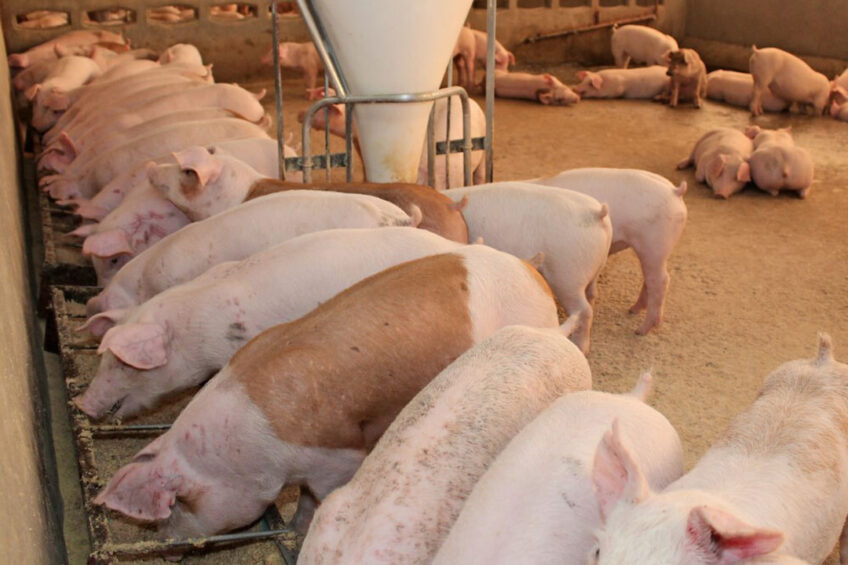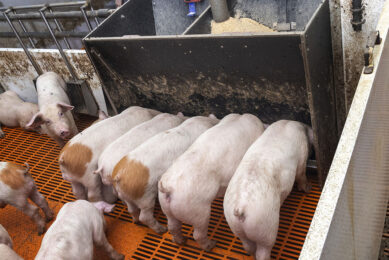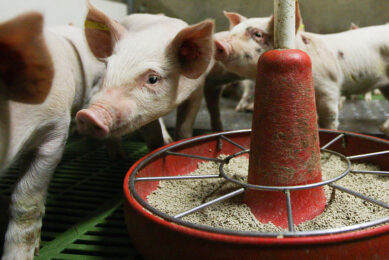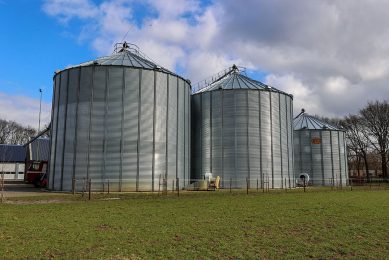A drop in demand for feed in Thailand

A USDA GAINS report forecasts that MY2021/22 corn imports will decline 17% from MY2020/21 due to a shrinking demand for swine feed caused by the African Swine Fever outbreak.
Farmers move from corn to more profitable crops
Corn production in Thailand is forecast at 5.3 mmt for MY2021/22, which is 4% down from MY2020/21. This decrease in corn production is attributed primarily to farmers shifting to more profitable crops such as cassava and sugar cane. Added to that, the production cost of corn remains high due to a surge in fertilizer costs – the wholesale price of urea fertilizer (46-0-0) in November 2021 was up 130% from the same period in November 2020.
Elevated farm-gate prices of corn
Average farm-gate prices of corn between January and December 2021 remained high at 8,202 baht/mt (US$246/mt), up 7% from 2020. In December 2021, average farm-gate prices of corn were around 8,970 baht/mt (US$272/mt), up 14% from December 2020 and well above the average farm-gate prices over the past 5 years.
Costly to import alternative feed ingredients
Higher costs of imports of alternative feed ingredients resulted in more demand for corn, which saw an increase in domestic corn prices. Meanwhile, imports of alternative feed ingredients such as barley and DDGS declined by 70% and 60%, respectively, from the same period in 2020.
It is anticipated that local feed mills are likely to utilise locally produced feed grains, such as broken rice, as domestic prices of broken rice in December 2021 dropped by 6% from the same period in 2020.
African Swine Fever outbreak
A Department of Livestock Development official confirmed a case of African Swine Fever in Nakhon Pathom province on 11 January 2022. Thai officials and traders expect that the outbreak will reduce swine production from 19-20 million heads in 2021 to 12-13 million heads in 2022, dropping 35-40%. As a result, it is forecast that MY2021/22 corn imports will shrink by 17% from MY2020/21 due to a 30% drop in swine feed demand.
Decreased demand for wheat imports
It is forecast that wheat imports for MY2021/22 are 12.9% lower from MY2020/21 at 2.9 mmt. This is a result of reduced domestic demand for milling and feed wheat due to a slow economic recovery from the prolonged outbreak of Covid-19 and high import prices of feed wheat.
Wheat imports in the first half of MY2021/22 totaled 1.23 mmt, down 24% from the same period in the previous year.
Droughts lead to tighter feed wheat supplies
Post revised down MY2021/22 wheat imports to 2.9 mmt, down 12% from MY2020/21. Wheat imports in the first half of MY2021/22 totaled 1.23 mmt, down 24% from the same period last year. Droughts in major wheat-producing countries led to tighter feed wheat supplies and a significant increase in global wheat prices. Feed mills reportedly shifted to locally produced corn and broken rice and duty-free imported corn in their poultry and swine feed rations due to high prices of imported feed wheat.
*The information in this article has been extracted from a USDA GAINS report.











